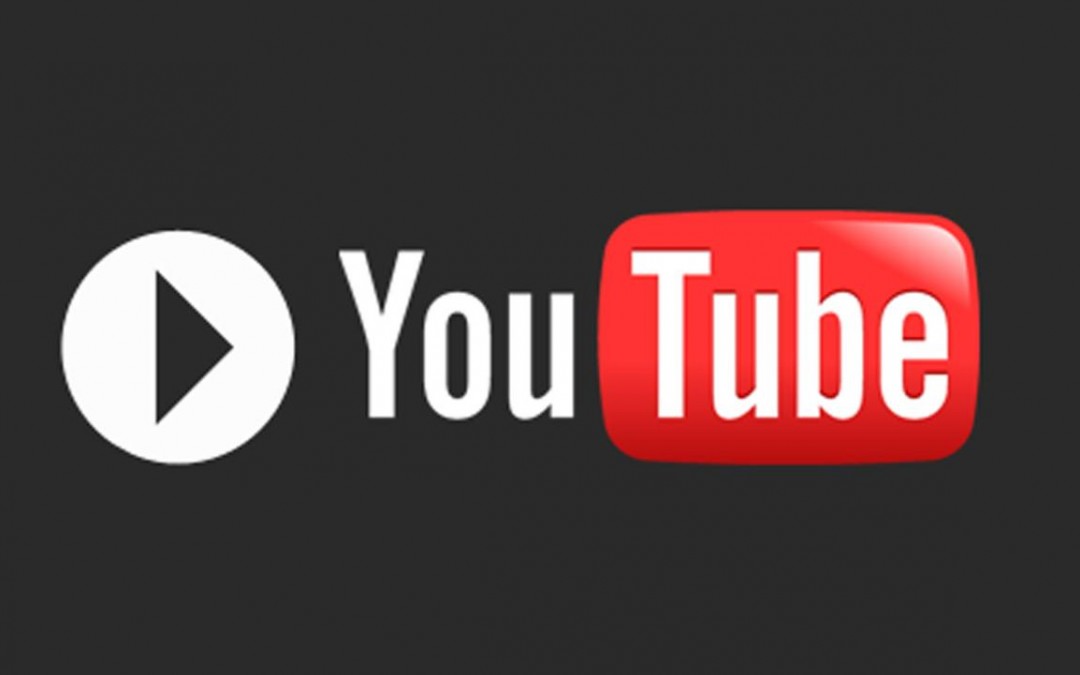“A Trip to Unicorn Island,” a feature-length documentary starring Lily Singh, is one of four exclusive titles premiering on YouTube Red on Feb. 10.
Could it soon be time to YouTube and chill?
The world’s biggest online video platform will officially crack into the paid original content business next week when it premieres the first four titles produced for its new subscription service, YouTube Red, the company said Wednesday.
Included in the Feb. 10 launch: “Dance Camp,” a musical teen drama produced by digital network AwesomenessTV; “Scare PewDiePie,” a series that pairs YouTube sensation Felix Kjellberg with the creator of “The Walking Dead” and Maker Studios; “A Trip to Unicorn Island,” a documentary by another wildly popular YouTube star, Lilly Singh, and digital-first studio Astronauts Wanted; and “Lazer Team” a sci-fi comedy made by production company Rooster Teeth and Fullscreen Films.
The launch marks an important turning point for YouTube, which is largely responsible for kick-starting the online video revolution but hasn’t generated the same buzz as Netflix, Amazon Prime Video or Hulu in recent years.
Those streaming sites have enjoyed massive success with popular series such as “House of Cards,” “Orange Is the New Black” and “Transparent.”
YouTube seeks streaming rights to TV shows and movies to bolster Red subscription service
YouTube hopes to do the same, but with cheaper productions and a decidedly younger audience that’s grown up watching YouTube and social media stars in lieu of traditional TV.
“Initially, there’s going to be a strong focus on the fan base,” said Susanne Daniels, YouTube’s global head of original content and a former executive at MTV and Lifetime.
There are growing signs that YouTube’s homegrown artists have permanently broken into the mainstream. Kjellberg made a recent appearance as a guest on “The Late Show With Stephen Colbert.” Singh was a recent guest on “The Tonight Show” with Jimmy Fallon. And Tyler Oakley, another massive YouTube “influencer,” had a book land on the New York Times bestseller list and appears on CBS’ “The Amazing Race.”
YouTube launches subscription service for $9.99 a month
“Each influencer has their unique voice,” said Matt Kaplan, head of AwesomenessTV’s film division. “There’s a reason why [millions] of people are watching them and it’s not just because it’s free.”
YouTube aims to release between 15 and 20 new titles on Red this year. That, combined with an ad-free experience, access to streaming music and offline video viewing, is how the company is promoting its $9.99 monthly service, which was launched in October 2015.
YouTube, which was bought by Google in 2006, has been in talks with Hollywood studios for more content for Red, but it’s unclear what that would include. YouTube declined to comment on what it called speculation.
It remains highly unlikely that Red will unseat Netflix, a cultural phenomenon backed by a big budget for premium programming. Netflix owes $10.9 billion in content license fees alone. But comparing the two services may be unfair this early in the game, experts say.
“I think Netflix sees YouTube Red as a completely different beast,” said Alan Wolk, a senior analyst at Diffusion Group, a media consulting firm. “Maybe it captures a segment of audience they wanted in the future, but not one they wanted now.”
That hasn’t stopped Netflix from encroaching into YouTube’s territory. The Los Gatos, Calif., company recently signed a deal with YouTube star Miranda Sings. A year earlier, another YouTube personality, Freddie Wong, sold his RocketJump series to Hulu. A successful showing by Red could help retain some of those YouTube stars, some of whom were paid bonuses not to jump ship.
The challenge will be persuading viewers who have long associated YouTube with free content to break out their credit cards (or more likely, their parents’ credit cards).
Given YouTube’s billion-plus viewers, even a small percentage of subscribers could make a big difference to the company’s bottom line.
“We calculate that even a low single-digit percentage rate conversion from free ad-supported to paid subscription will allow Google to monetize users at 10 times the annual [revenue per user] versus that derived just from advertising,” wrote analysts at Credit Suisse in a research note.
See more of our top stories on Facebook >>
The bank expects YouTube to convert 3% of its users to Red subscribers over the next five years, giving Google (and its holding company Alphabet) a valuable new revenue stream beyond just search and advertising.
Alphabet shares have soared since Monday, when the technology giant reported an 18% jump in revenue for the fourth quarter from a year ago in part because of strong viewership on YouTube.
Follow me on Twitter: @dhpierson

